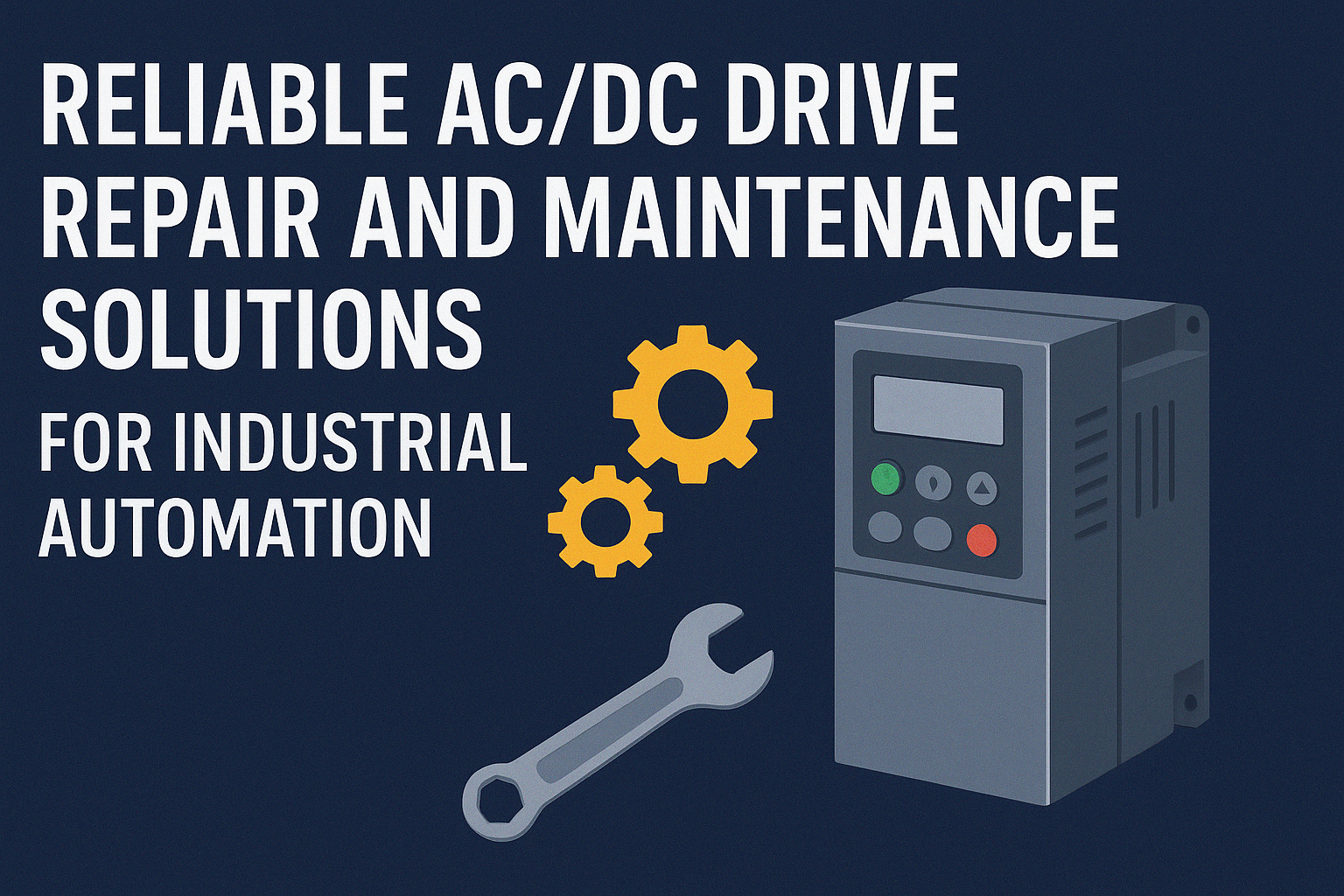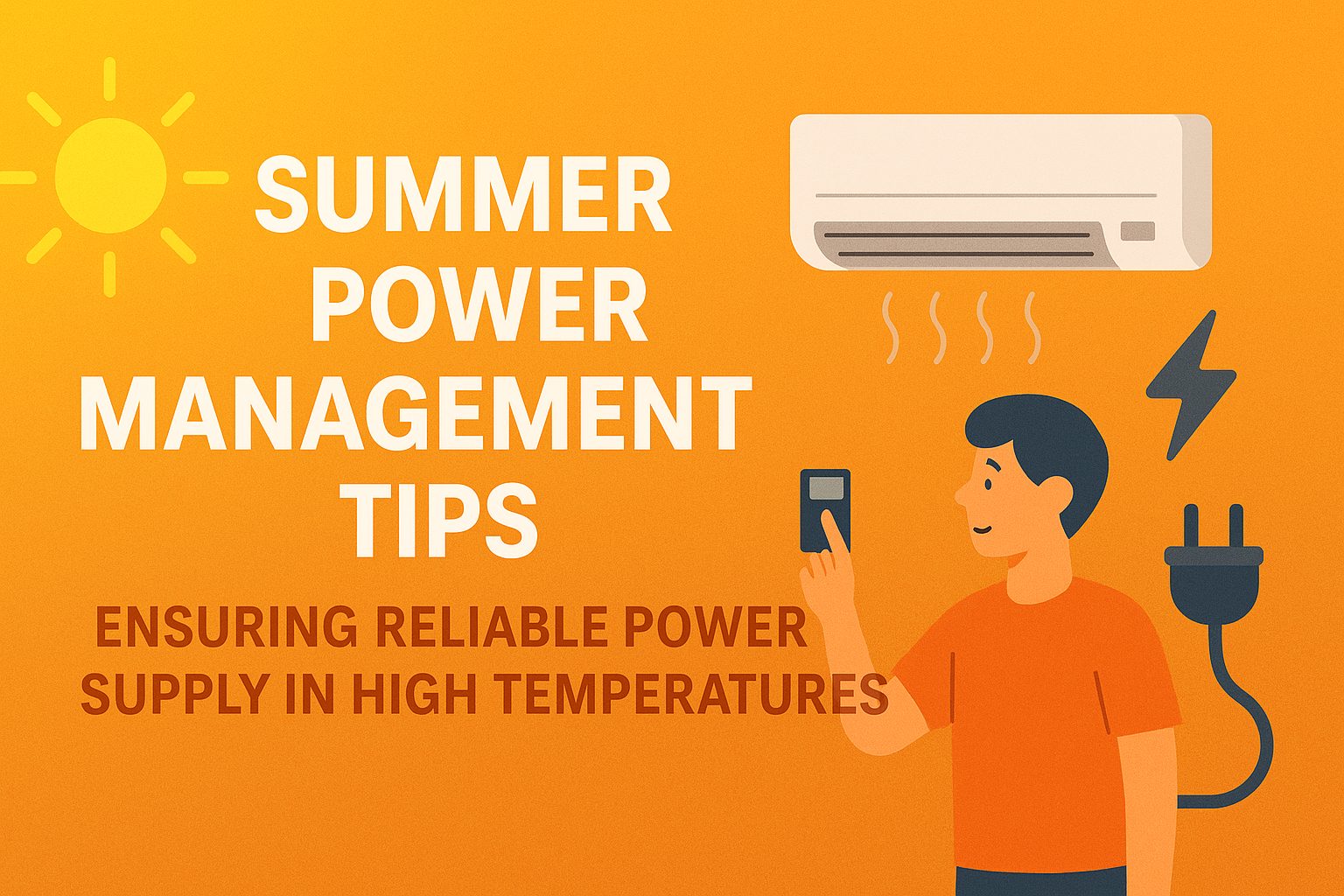Summer season expedites one of the most challenging phases for industrial operations, especially when any machinery is pushed to its thermal limit. The uglier the day got, the more the cooling systems showed their frailties they had--fatal faults that caused shutdowns and loss of production time. Thus, for industrial business, preventive maintenance becomes highly paramount. With temperatures on the rise, equipment which is ostensibly in fine working condition may not stand to function properly if the cooling systems are not adequately maintained.
In industrial systems, though, overheating is the ultimate operational hazard, not just a minor inconvenience. Cooling systems, whether air, liquid, or maybe hybrid, keep the performances in check. These systems run on some heavy loads during hotter months and are prone to sudden failures if not taken care of.
The dust here acts as an aggravating factor, especially in areas with dry weather and construction activity. It clogs the filters and blocks airflow, making systems work harder, consume more energy, and risk burning out. MELRIYA Technical Solutions L.L.C has experienced this trend occurring across facilities when dealing with HVACs, chillers, compressors, and control panels.
The refrigerant problems are increased in summer. At high demand, minor leaks get converted into major ones. Undetected drops in refrigerant create atmospheric conditions wherein mechanically compressors run in low pressure, thus overheating or complete failure of the system. Refrigerant levels, pressure gauges, and connections must be checked as a seasonal checklist.
Another frequent culprit comprises worn-out belts and fans. These carry the brunt of cooling cycles and mostly degrade faster in the heat. Belts crack or loosen, and fans slow down or go off-line. If the airflow is not proper, equipments spike up fast in temperature. A pre-summer inspection can nip all this into the bud.
Though another prone area for heat failure is an electrical connection. Thermal expansion can cause the terminals and wires inside control boxes to loosen. When electrical systems fall in line of fire, there is generally a domino effect of failure across other sets of machinery. One has to monitor all power supplies and voltage irregularities and circuit boards during this season.
One thing to keep an eye on in cooling systems is coolant quality. Just like motor oil by which aging lowers its quality, with time, coolant quality also goes down. In high-performance industrial units, the aged and/or contaminated coolant disrupt heat transfer rates, resulting in overheating of components irrespective of the system still being on. Performing fluid analysis can save thousands of dollars in repairs.
Thermostat failures and sensor malfunctions increase during the summer. These devices regulate cooling cycles. If they misread the temperature or delay their response, the system overcools, thus wasting energy; or it underperforms, resulting in temperature increases. Sensor updates and recalibration should be part of scheduled maintenance.
Cooling systems controlled by PLC, in turn, should be given special attention in automated industries: small programming errors or outdated software may cause wrong triggers that will affect temperature regulation. MELRIYA Technical Solutions L.L.C recommends diagnostics of software and then upgrades to firmware before the temperature hits its peak.
The problem gets ground on, hitting a ground again-the ground is gramsial-when adverse external environmental conditions pickle it. High ambient heat paired with poor ventilation around machinery adds extra load upon the system.Many units placed in tight corners or enclosed spaces don’t get adequate airflow. Redirecting exhaust, installing fans, or reconfiguring space layout can offer simple yet effective solutions.
Human error contributes above the average. Filters are not changed in the operational hustle, warning signs go unheeded, or temporary bypasses are never reinstated. Under such circumstances, little errors mutate into bigger faults with the onset of heat stress. Inculcating the mindset of regular maintenance would treat such occurrences to a large extent.
Logging and trend monitoring turn crucially important during the summer season. From observing temperature fluctuations in real time through the latest equipment, facility managers can make sure to take corrective actions before the end of a systems' endurance capacity. Smart diagnostics investments ensure a system's longevity not only by preventing failures but also by optimizing efficiency.
Training is depreciated yet one of the very effective means. Before downtime can be shortened, on-site personnel must identify early signs of overheating such as unusual noise, delayed start-up, or abnormal vibrations by themselves. Providing staff with basic trouble-shooting information increases the response rate and reduces the necessity for emergency-call repair.
Temperature mapping is one other emerging procedure. By recognizing hotspots inside the plant via thermal imaging, the business can then relocate sensitive equipment or look towards improved localized cooling. This small investment can prevent large-scale replacements down the line.
To wrap things up, successful summer operation relies on vigilance, preparation, and the right support. Whether it’s a minor component check or a full system overhaul, the smallest steps today can prevent the biggest problems tomorrow. A cool system means a productive floor, a safer team, and peace of mind for everyone involved.
Reach out to MELRIYA Technical Solutions L.L.C today and ensure your cooling systems are summer-ready.

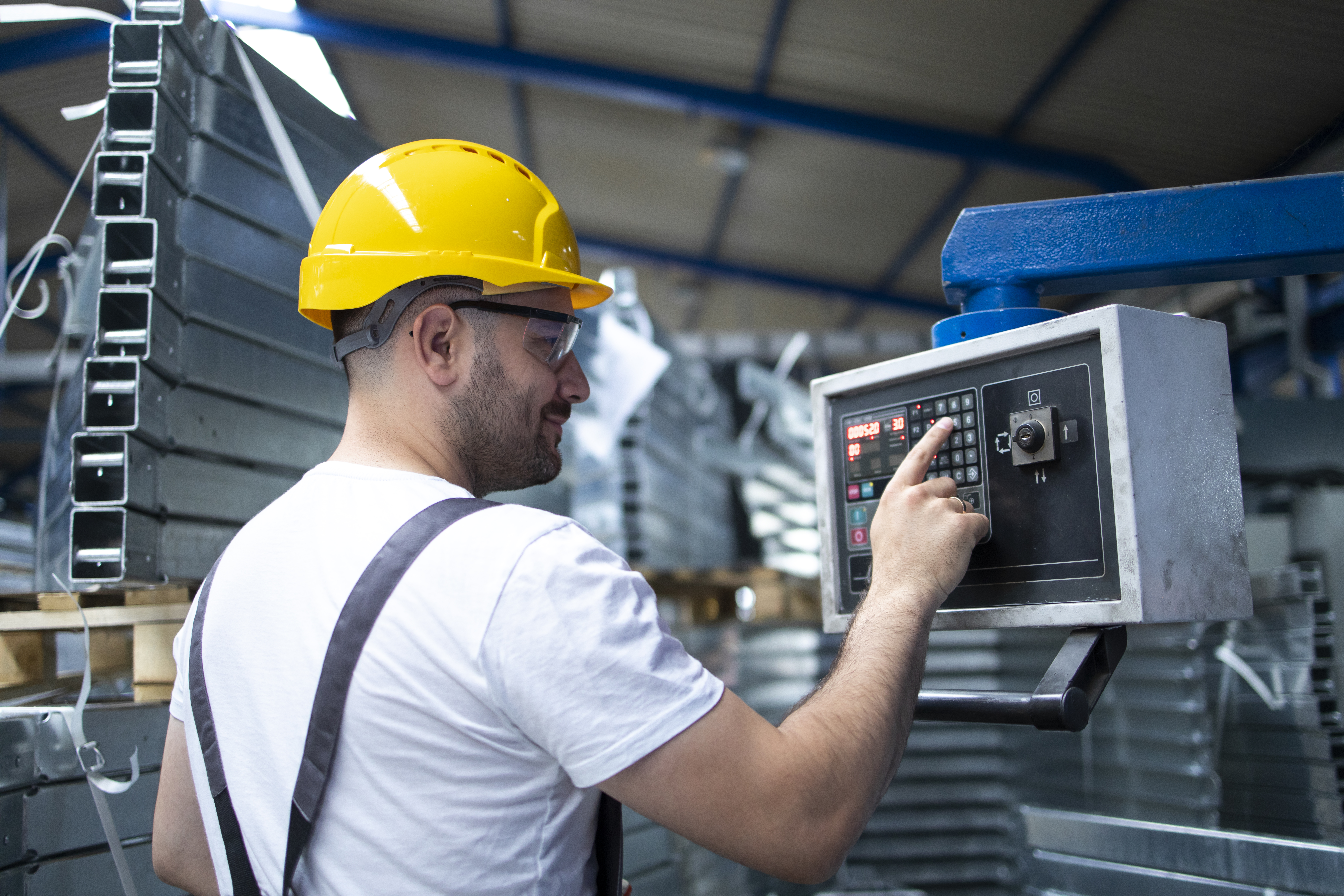
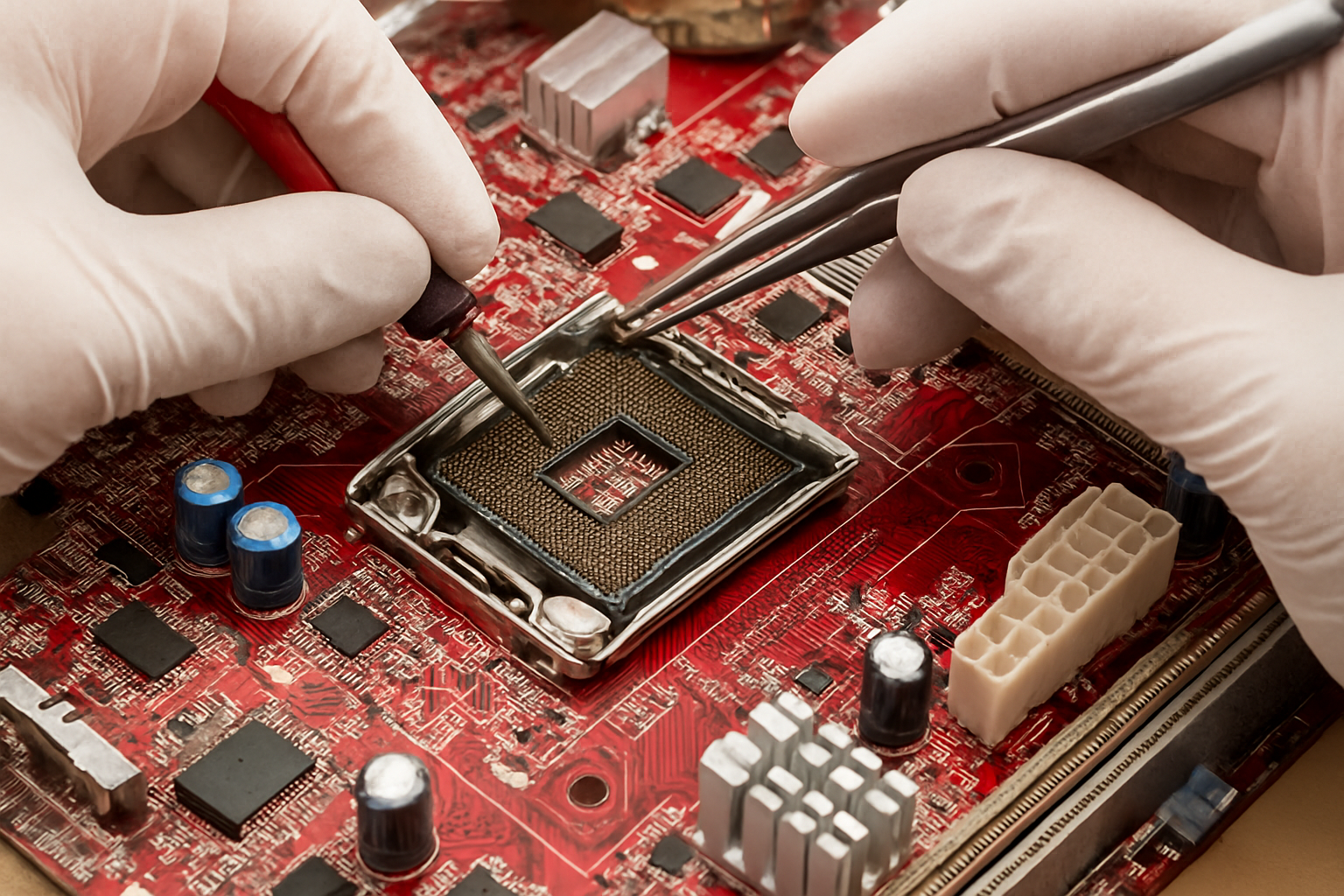
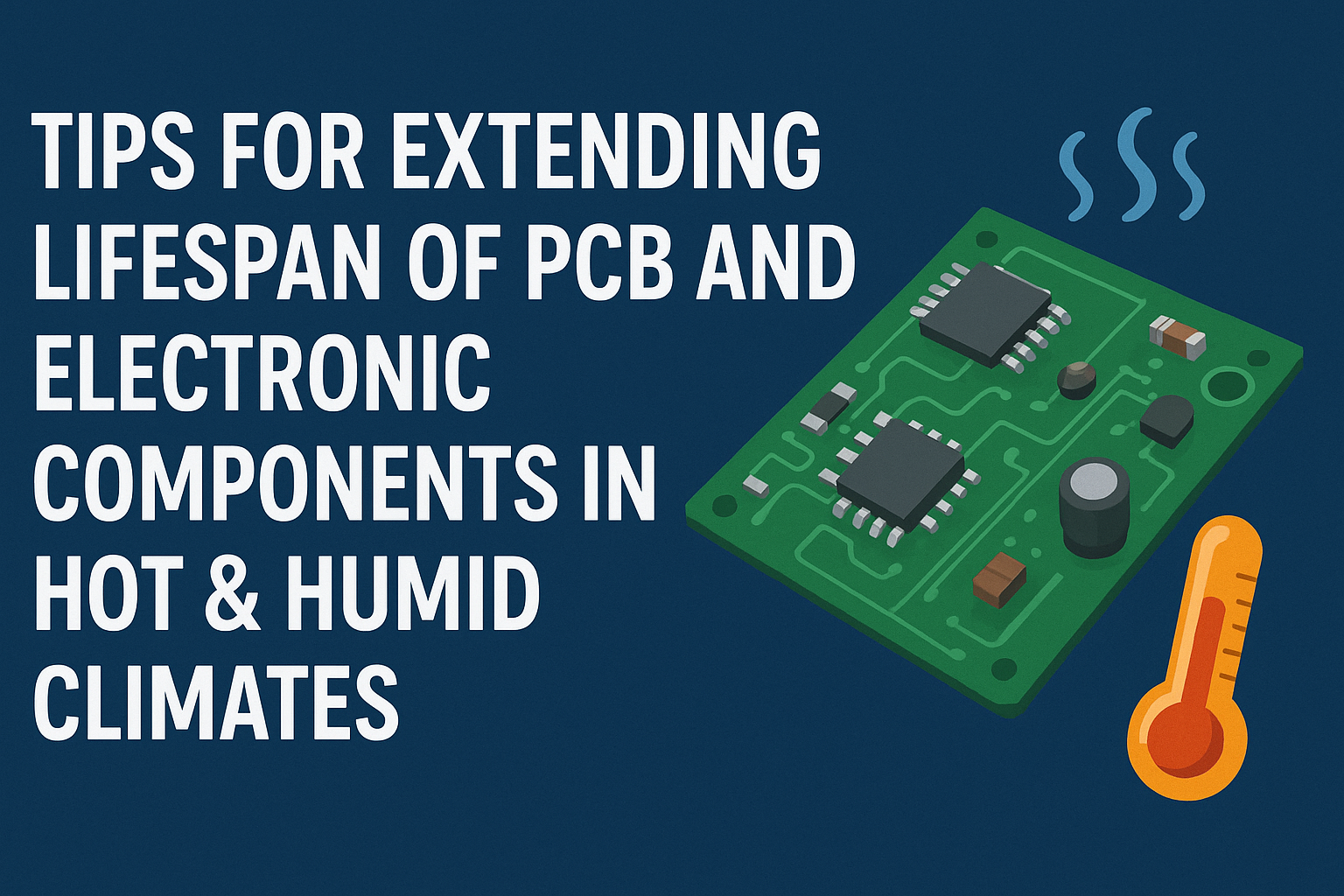
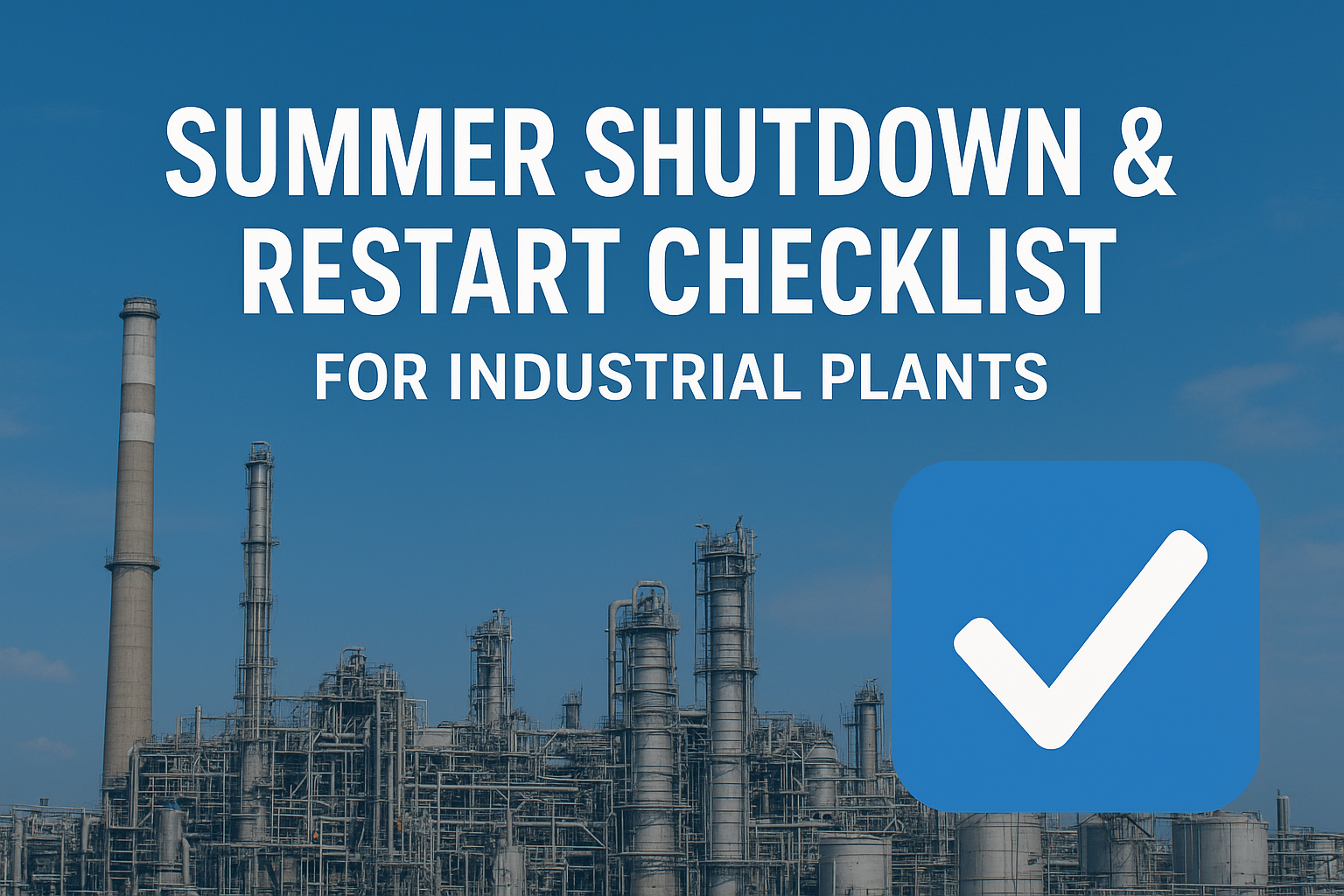

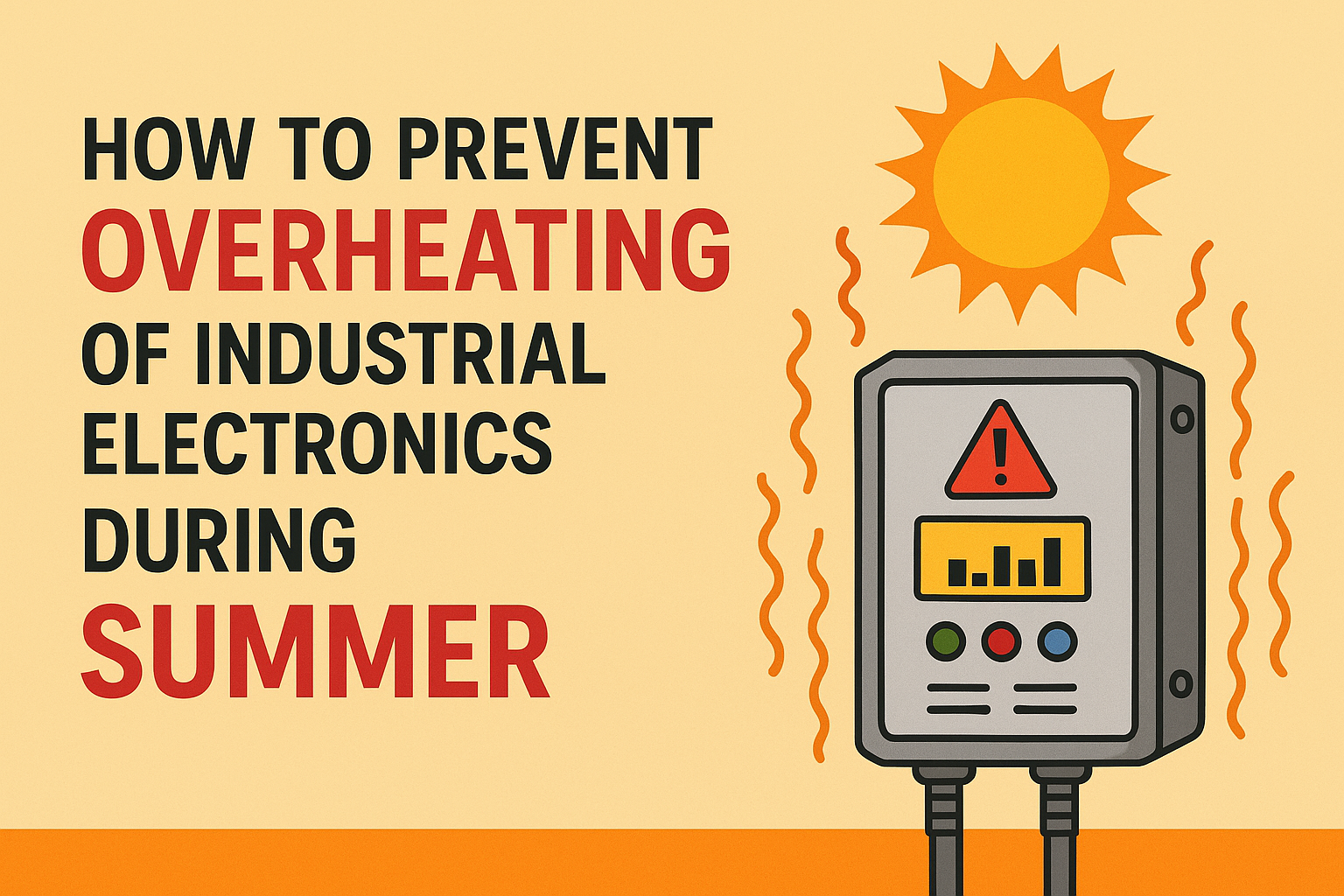
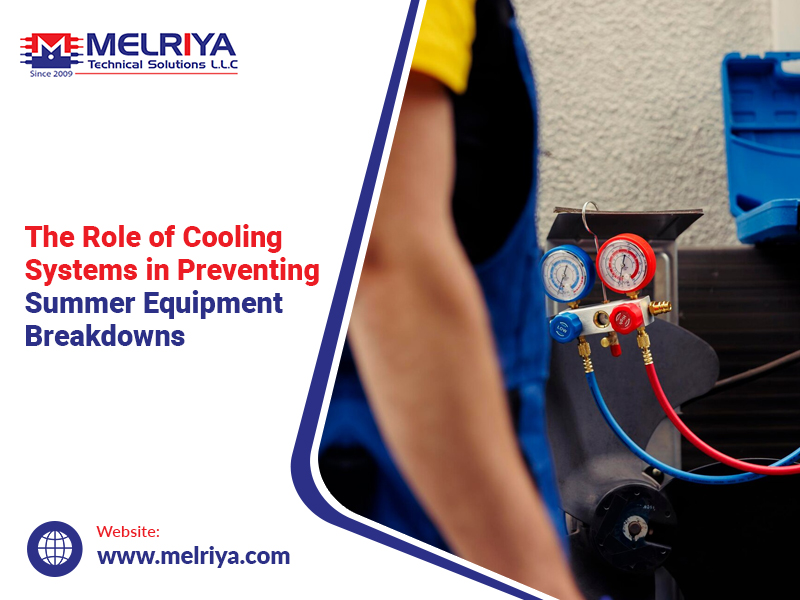
.png)




.jpg)
